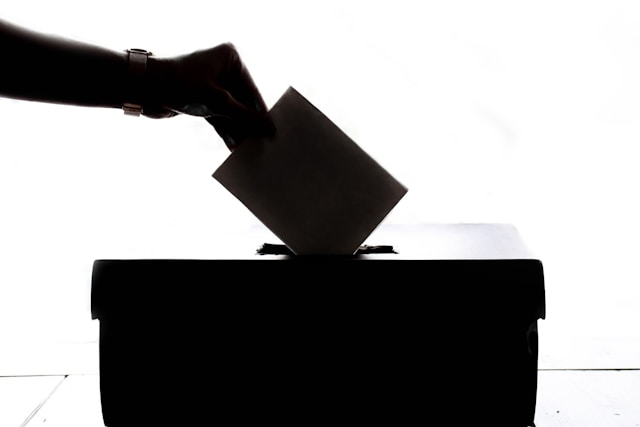Who Would Be the Head of State?
As we move closer to the possibility of independence, one crucial topic we need to consider is who will be our head of state. This decision will shape our national identity and the structure of our government. The head of state not only represents our country domestically and internationally but also plays a pivotal role in our constitutional framework. Therefore, it’s essential to have a comprehensive discussion about the different models available and what they could mean for our future.
Why a Head of State is Important
The head of state serves as the embodiment of national unity and continuity. They often have ceremonial duties, such as representing the nation at home and abroad, promoting national pride, and performing official state functions. In some systems, the head of state also has more substantive powers, such as appointing key government officials, signing bills into law, and acting as a check on the executive branch. The right model can foster national stability and identity, while the wrong one might lead to political friction or inefficiency.
Models of Head of State
- Constitutional Monarchy
- Description: A constitutional monarchy involves a hereditary monarch serving as the head of state within the boundaries set by a constitution. The monarch’s powers are largely ceremonial, with actual governance handled by elected officials.
- Pros:
- Provides continuity and a stable, non-political figurehead.
- Can enhance national unity and cultural heritage.
- Cons:
- May be viewed as outdated and not reflective of a modern democratic society.
- The monarchy’s historical baggage and potential for perceived elitism could be divisive.
- Presidential Republic
- Description: In a presidential republic, a president is elected by the people and serves as both the head of state and the head of government, with substantial executive powers.
- Pros:
- Ensures a clear separation of powers, reducing the risk of power being concentrated in one branch.
- The president is directly accountable to the electorate, providing a strong democratic mandate.
- Cons:
- Risk of excessive power concentration in the presidency.
- Potential for legislative gridlock if the president and legislature are from opposing parties.
- Parliamentary Republic
- Description: A parliamentary republic features a president as the ceremonial head of state, while the head of government is the prime minister, who is chosen from the legislature and responsible for day-to-day governance.
- Pros:
- Distinct separation between ceremonial and governmental roles, reducing potential conflicts.
- Helps prevent power concentration and supports parliamentary democracy.
- Cons:
- Can lead to political instability if there are conflicts between the president and prime minister.
- The president’s role might be seen as redundant, adding an extra layer to government.
- Ceremonial Presidency
- Description: In a ceremonial presidency, the president is elected but performs mainly ceremonial duties, with real political power resting with the prime minister and the parliament.
- Pros:
- Provides symbolic representation without political interference in daily governance.
- Reinforces the principles of parliamentary democracy.
- Cons:
- May be perceived as an unnecessary expense and redundant role.
- Limited checks on the prime minister’s power could lead to an imbalance.
- Dual Executive System
- Description: A dual executive system divides executive power between a president and a prime minister, often with the president handling foreign affairs and the prime minister managing domestic policy.
- Pros:
- Balances power between two leaders, potentially providing a more comprehensive governance approach.
- Can enhance stability by dividing responsibilities.
- Cons:
- Potential for conflict and power struggles between the president and prime minister.
- Can lead to inefficiencies and confusion about leadership roles.
- Directorial Republic
- Description: In a directorial republic, a council of several members collectively serves as the head of state, making decisions jointly rather than relying on a single individual.
- Pros:
- Encourages collaborative decision-making, reducing the risk of authoritarianism.
- Multiple perspectives can lead to more balanced and representative governance.
- Cons:
- Decision-making can be slow and inefficient due to the need for consensus.
- Lack of a single figurehead might dilute national representation and identity.
Each of these models offers distinct advantages and drawbacks. The choice we make will influence our national character, political stability, and the efficacy of our governance. As we deliberate on this critical issue, it’s essential to weigh these factors carefully and consider what kind of future we envision for our nation.










